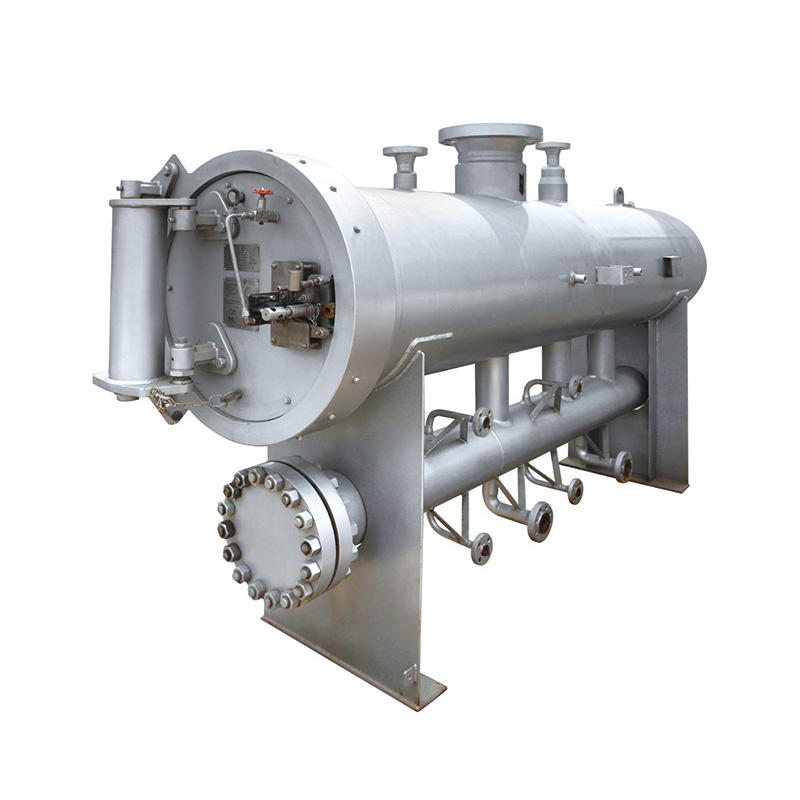
Nov . 25, 2024 01:24
Back to list
Natural Gas Distribution Facilities and Their Role in Energy Infrastructure
Natural Gas Distribution Stations The Backbone of Energy Infrastructure
Natural gas has emerged as one of the most significant sources of energy for households and industries around the world. The infrastructure that supports this energy source is vital for its effective distribution, and at the heart of this infrastructure are natural gas distribution stations. These facilities play a critical role in ensuring that natural gas reaches consumers in a safe, efficient, and reliable manner.
What are Natural Gas Distribution Stations?
Natural gas distribution stations are specialized facilities designed to regulate the flow of natural gas from transmission pipelines to local distribution networks. These stations are equipped with various components, including valves, compressors, and meters, which help control the pressure and volume of gas being delivered. The primary function of these stations is to step down the high pressure of gas received from transmission lines to a lower pressure suitable for distribution to residential, commercial, and industrial users.
The Role of Distribution Stations in the Supply Chain
The journey of natural gas begins at production sites, where it is extracted from underground reservoirs. Once processed, the gas is transported via high-pressure transmission pipelines to distribution stations. At these stations, the gas undergoes a transformation to make it safe and usable for end consumers. The pressure regulation is essential, as households and businesses typically require gas at much lower pressures than what is found in the transmission lines.
Distribution stations are strategically located to ensure efficient delivery across diverse geographic areas. They serve urban centers, suburbs, and rural communities alike, making them integral to the overall energy landscape. Furthermore, the design and operations of these stations significantly impact the reliability of the gas supply. Any disruptions at a distribution station can lead to shortages or outages in the local area.
Safety Measures and Technology
Safety is paramount in the operation of natural gas distribution stations. These facilities are designed to meet stringent regulatory standards, which include regular inspections, leak detection systems, and emergency response plans. Modern technology plays a crucial role in enhancing safety measures. For instance, advanced monitoring systems can detect pressure anomalies or possible leaks in real time, enabling prompt action to mitigate risks.
natural gas distribution station

Moreover, many distribution stations are now incorporating automation and digital technologies, which allow for smarter operation and better data collection. This data is invaluable for predictive maintenance and improving the overall efficiency of gas distribution.
Environmental Considerations
As the world shifts towards more sustainable energy practices, natural gas is often regarded as a transition fuel due to its lower carbon footprint compared to coal and oil. However, it is essential to consider the environmental impacts of gas distribution. Methane, the primary component of natural gas, is a potent greenhouse gas. Therefore, reducing leaks and improving the efficiency of distribution systems is imperative for mitigating climate change.
Innovative designs and technologies are being developed to minimize environmental impacts. For example, some new distribution stations are equipped with carbon capture systems or are designed to utilize renewable natural gas, which can help reduce emissions and promote a more sustainable energy future.
The Future of Natural Gas Distribution
Looking ahead, the role of natural gas distribution stations is expected to evolve as energy demands change and new technologies emerge. The integration of renewable energy sources, such as solar and wind, alongside natural gas systems is becoming increasingly common. This hybrid approach not only enhances energy security but also supports broader decarbonization efforts.
As we transition to a more complex energy landscape, maintaining and upgrading the natural gas distribution infrastructure will be crucial. Investments in technology and infrastructure resilience will ensure that distribution stations continue to safely and effectively deliver natural gas to consumers while also embracing sustainability.
In conclusion, natural gas distribution stations are indispensable components of our energy infrastructure. Ensuring their safety, efficiency, and adaptability will be key to meeting future energy demands and achieving environmental goals. As society continues to navigate the complexities of energy production and consumption, these stations will remain at the forefront, facilitating the transition to a cleaner and more sustainable energy future.
Latest news
-
Safety Valve Spring-Loaded Design Overpressure ProtectionNewsJul.25,2025
-
Precision Voltage Regulator AC5 Accuracy Grade PerformanceNewsJul.25,2025
-
Natural Gas Pressure Regulating Skid Industrial Pipeline ApplicationsNewsJul.25,2025
-
Natural Gas Filter Stainless Steel Mesh Element DesignNewsJul.25,2025
-
Gas Pressure Regulator Valve Direct-Acting Spring-Loaded DesignNewsJul.25,2025
-
Decompression Equipment Multi-Stage Heat Exchange System DesignNewsJul.25,2025

